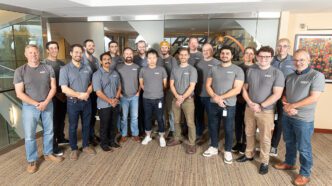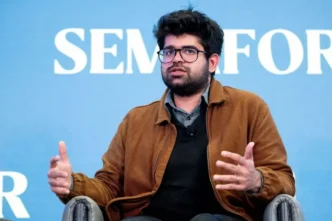Realta Fusion has raised $36 million to finish designing its compact fusion reactor, Anvil. Unlike many startups in the space facing turbulence, the Wisconsin-based company is moving forward with confidence. With this new funding round, Realta plans to wrap up the Anvil design and prepare for the next big step — building the prototype.
The round was led by Future Ventures and joined by investors such as Avila VC, GSBackers, Khosla Ventures, Mayfield, SiteGround, TitletownTech, and the Wisconsin Alumni Research Foundation. Realta had previously raised $9 million in seed funding from Khosla Ventures.
The startup is aiming to pitch a Series B by the end of this phase, which will support the construction of the Anvil prototype. If successful, it would mark a major milestone in the development of a clean, scalable fusion energy source.
Inside Realta’s “Fusion-in-a-Bottle” Approach
Realta’s reactor is based on a magnetic mirror concept — a design long discussed in the scientific community. It uses strong magnets at each end of a bottle-shaped chamber to trap and reflect plasma back toward the center. Weaker magnets in the middle help stabilize the plasma, forming a hot, dense cylinder where fusion can take place.
This modular design offers a big advantage. Instead of relying on a single massive chamber, Realta can scale up the reactor’s output by adding more center sections. These segments use smaller magnets, making them cheaper and easier to produce.
The company believes its approach can drive down energy costs. Its goal is to start at $100 per megawatt-hour and bring it closer to $40 as the technology matures. For reference, today’s most efficient natural gas plants generate power at around $45 to $105 per megawatt-hour, according to Lazard.
Last year, Realta activated a set of magnets and quickly broke a record for magnetic field strength used to confine plasma. That success helped validate its reactor concept and attracted further investor confidence.
A Growing Fusion Movement in Wisconsin
Realta was founded just three years ago as a spinout from the University of Wisconsin. Since then, the team has grown to 18 members working closely with university scientists. Their shared mission is to prove that fusion power — long seen as the holy grail of clean energy — can become a practical reality.
Fusion has yet to deliver commercial-scale success. Only one lab experiment has achieved scientific breakeven, the point where fusion reactions generate as much energy as they consume. Still, confidence is growing that fusion could become viable within the next decade.
That optimism is spreading across Wisconsin. As the state becomes a growing hub for data centers — including a major new Microsoft facility — lawmakers are exploring ways to support advanced energy development. Furlong said Realta has spoken with legislators from both parties and sees a real opportunity for bipartisan support.
“We’ve had the Gartner hype cycle,” Furlong said. “Now we need to avoid a crash. If a few companies fail dramatically, it could set back the entire field. We want everyone to succeed — fusion needs to win.”
For now, Realta remains focused on its next steps: finishing the Anvil design, securing Series B funding, and beginning construction. If successful, it could help usher in a new era of affordable, sustainable energy powered by fusion.













